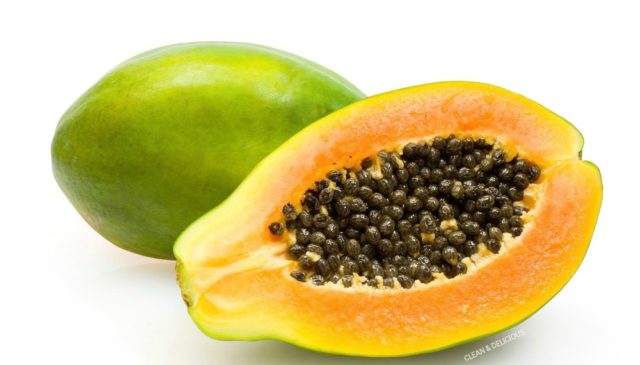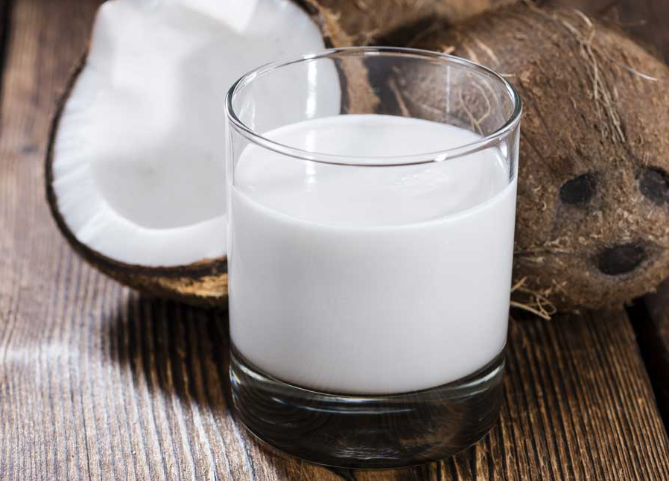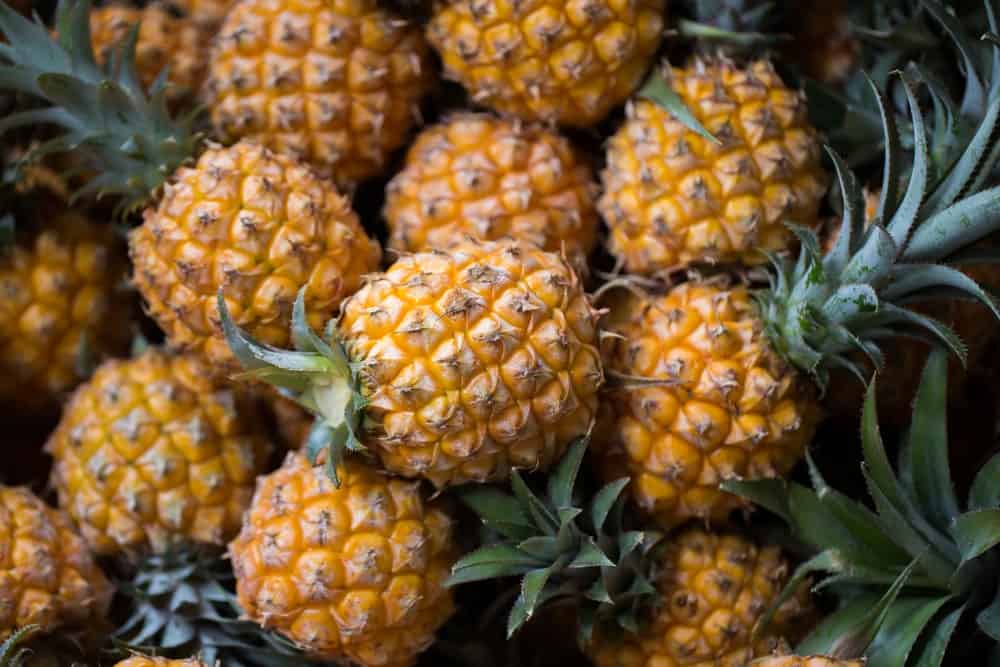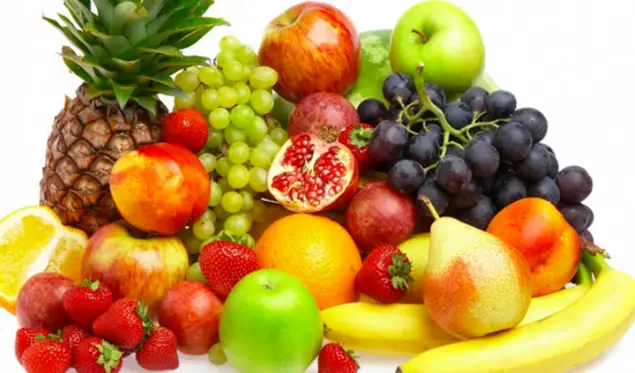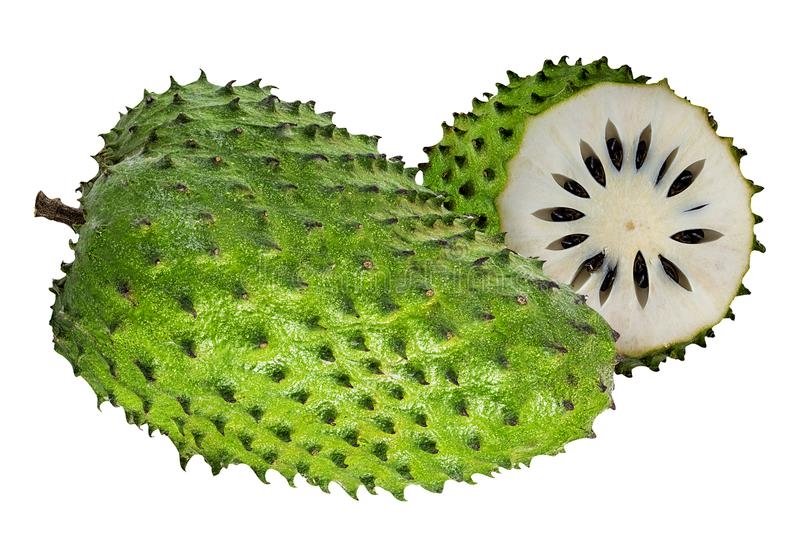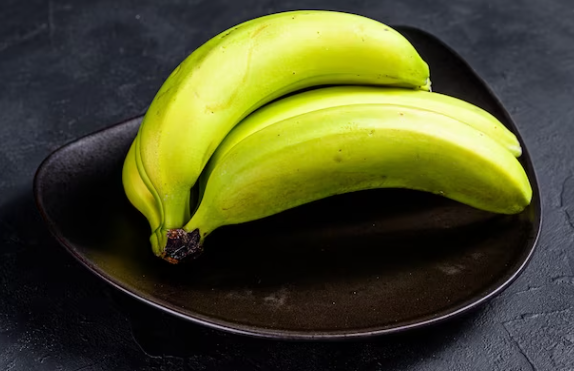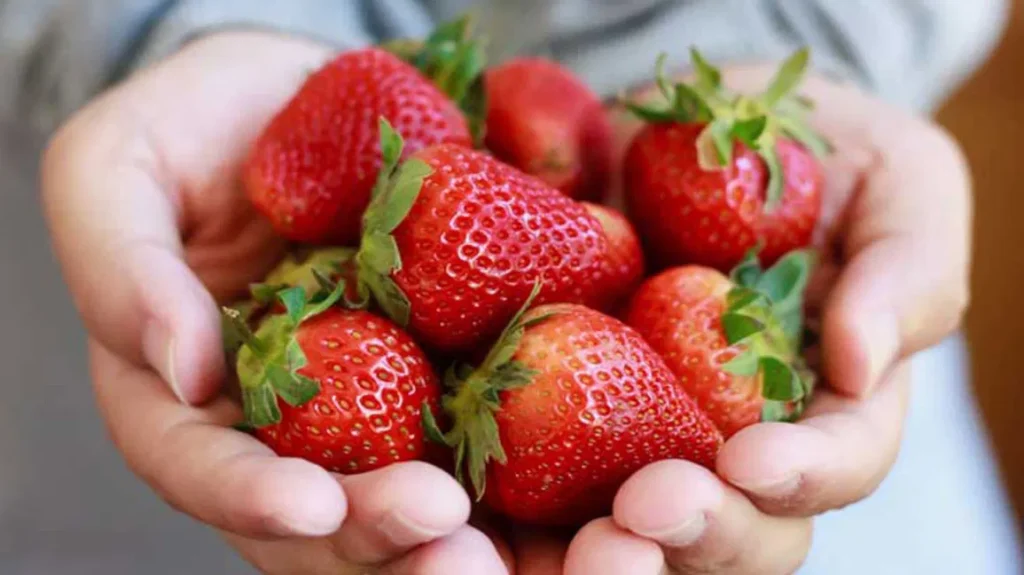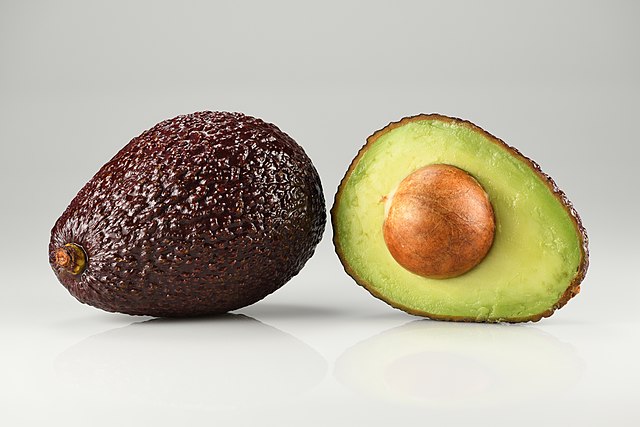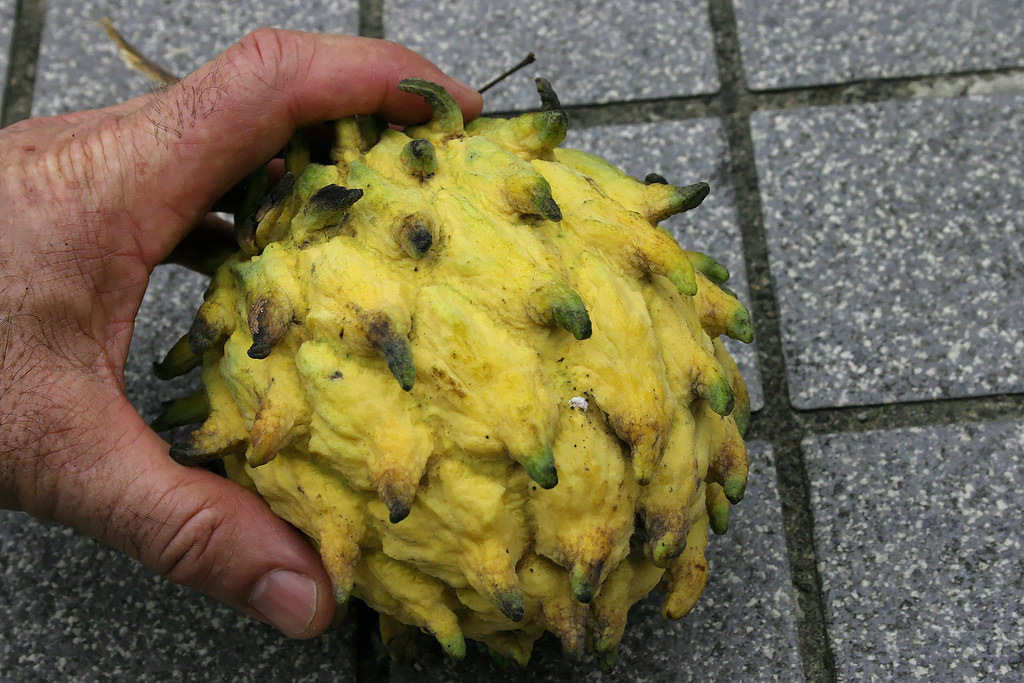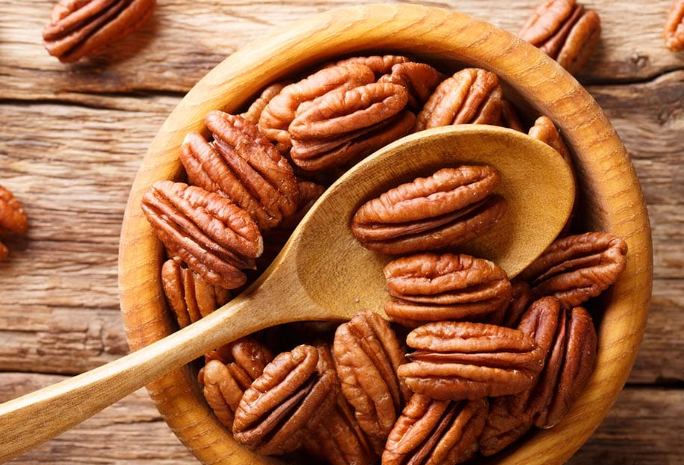These days, a lot of people love turning fruit into smoothies and juices. Many say that when fruits are blended into a liquid, they are simpler for our bodies to digest and allow us to get more vitamins and minerals. But is this really the case?
Table of Contents
What Happens to Fiber When You Blend Fruit
Eating whole fruits and veggies means you have to chew them, which breaks down the tough fiber they contain and frees the good stuff like nutrients, so your body can absorb them. Blending fruit goes a step beyond. It completely smashes the fruits at a tiny level. This means the insoluble fiber (the kind that doesn’t dissolve in water) gets broken apart. But, don’t worry, you still get some soluble fiber that isn’t broken down as much.
If someone has a hard time digesting food because of a condition like IBS or diverticulitis, which can be upset by insoluble fiber, then these smooth blends might make their stomachs feel better because their body doesn’t have to do so much work to move them along the insides.
But if you’re a person without those issues, losing insoluble fiber isn’t great. Fiber is really helpful. It makes it easier to go to the bathroom and it feeds the good bacteria in your gut. And when you blend fruits or veggies, you usually end up with less fiber compared to eating them whole.
Does Blending Help You Get More Nutrients?
When you blend fruits and veggies into tiny bits, it does make it easier for your body to get at the vitamins and minerals inside the cells.
Research shows that when we blend fruits and veggies, our bodies get more of the good stuff from them, like antioxidants. Drinking your fruits and veggies can put more nutrients into your blood compared to munching on them in their whole form.
But there’s a downside. The mixing process can expose the fruit to a lot of oxygen, which can break down some of the more fragile vitamins like vitamin C. Enzymes and antioxidants can also be lost due to the oxygen and any heat from the blending. So, if you want to keep as many nutrients as possible, it’s best to blend gently and not overdo it.
Whole Fruits and Veggies are Good Too
While blending might make it simpler for many folks to digest and soak up the goodness from fruits and vegetables, eating them whole has its own plus points. Chewing your food tells your body to get ready to digest by making digestive juices. So chomping on whole fruits and veggies, instead of sipping them, can help your stomach do its job even better.
When you eat whole fruits and veggies, the fiber in them slows down how quickly sugar gets into your blood. This means you won’t get a sudden rush of energy followed by a crash. Plus, fiber helps you feel more full because it takes some work to chew and eat it.
Balance is Important
Getting the good stuff from both whole and blended fruits and veggies is a smart move. Try to include both in what you eat. Smoothies and juices can be an easy way to mix lots of different kinds of fruits and veggies into your diet. But make sure to eat whole fruits and veggies too, for the fiber, the fullness they give, and their impact on digestion.
Try to hit the goal of 25-30 grams of fiber every day from many kinds of plants. If all you’re doing is drinking your fruits and veggies, think about tossing some fiber-rich foods like chia seeds into your blends to up your fiber intake. Balance and variety are best for making the most of blending.
To wrap it up, blending can make fruits and veggies easier to digest and help your body get more nutrients. But remember, whole fruits and veggies are also super valuable. The idea is to enjoy a good mix of both blended and whole produce to get the most benefit for your nutrition and digestion. Focus on a balanced diet, mixing things up, and listening to what your body needs.
